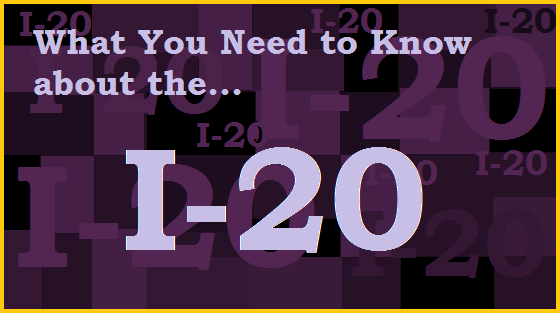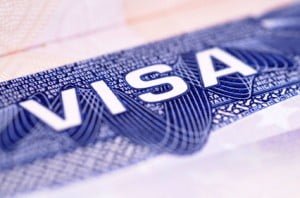Are you confused as to what the latest news regarding this “ Bill introduced in the US regarding H1B work visa” is? Keep reading further to understand what all the discussion is really about.
The new bill, titled “Protect and Grow American Jobs Act,” has been re-introduced in Congress by certain republicans (this bill was already introduced in earlier years, but was never passed). It proposes key changes in the H1-B program that allows skilled workers from foreign countries to fill high-tech jobs in the US.
The bill has proposed two changes – the gist of which is as follows:
– Making it harder to get H1B for low paying jobs
– Removing Masters quota for H1B
Looking deeper into these proposed changes it looks like these will actually likely help Indian students in the USA!
American economy is currently booming and unemployment rate is at its lowest in two decades, which implies increase in job creation.
H1B visa (work visa) is designed to be used for foreign workers with highly specialized skills. Total of 85000 visas are issued every year, which comprise of 65,000 for general quota and 20,000 for US Advanced degree quota for Master’s students. Last year a whopping 233,000 applications were submitted for the limited quota of 85000.
First, a lottery was conducted for the US Master’s degree quota applications to select 20,000 petitions and then the petitions that were not selected in this this first round were added to general quota pool and lottery was conducted on this pool to select the overall 65,000 petitions for general quota. This is pretty standard over the years.
Currently the Indian IT outsourcing companies use up to 70% to 80% of the general 65000 H1B quota. This causes an acute shortage for H1B visas, creating a shortage for Master’s students from India in the USA who are added up to the general quota for H1B lottery.
For details on top H1V visa sponsor companies in 2017 kindly visit the following report from Myvisajobs.com(http://www.myvisajobs.com/Reports/2017-H1B-Visa-Sponsor.aspx). The report shows that of the top 10 companies sponsoring H1B visas, 89% visa applications are from IT companies with average salary under $100,000 per year, and only 11% are from US companies all of which have an average salary above $100,000.
Most of the American companies that employ highly educated students who have completed their Masters studies in the USA- offer a high starting salary. Also Indian students graduating in the STEM (Science, Technology, Engineering, and Mathematics) category have a period of up to 3 years on OPT where they can work on student visa before getting their get their H1B work visa. So even if the starting salary is not as high as $100,000 per year, 70% of Indian students (especially those working in computer science related fields) reach that mark within first 3 years depending on their skills and field of work.
Today many talented students with MS decrees are missing out on H1B visas because they are being denied the H1B visas in the lottery system.
Also eliminating Master’s degree quota of 20000 visas for H1B should not affect the Indian students with MS degrees, as the absence of H1B petitions from the IT companies would make room for highly paid foreign employees with advanced education and skills.
All in all, it seems like Indian students studying in American Universities will benefit from proposed bill.
Again, note that this is just a bill not the final rule – and likely will at least take a minimum of 12-18 months before it gets enacted (if it passes this time).

 Tomorrow morning (Indian Standard Time, and 8.00 p.m., Thursday evening Eastern Time) President Obama will announce executive action on immigration reform. Though this announcement is mostly going to affect illegal immigrants in the United States, there may also be implications for Indian students who have graduated with a master’s (MS) or doctoral (PhD) degree from American universities. They belong to the pool of highly skilled labor that American businesses need, so there is some anticipation of a positive fall out for them from this announcement. More specifically, the Indian student community in America will be waiting to hear whether the measures Obama announces will help make getting green cards and work permits easier and whether there will be an opening up on the H-1B visa quota front. Will they? Won’t they? It could mean dreams come true or anti-climaxes. Keep watching this space we’ll let you know.
Tomorrow morning (Indian Standard Time, and 8.00 p.m., Thursday evening Eastern Time) President Obama will announce executive action on immigration reform. Though this announcement is mostly going to affect illegal immigrants in the United States, there may also be implications for Indian students who have graduated with a master’s (MS) or doctoral (PhD) degree from American universities. They belong to the pool of highly skilled labor that American businesses need, so there is some anticipation of a positive fall out for them from this announcement. More specifically, the Indian student community in America will be waiting to hear whether the measures Obama announces will help make getting green cards and work permits easier and whether there will be an opening up on the H-1B visa quota front. Will they? Won’t they? It could mean dreams come true or anti-climaxes. Keep watching this space we’ll let you know.

